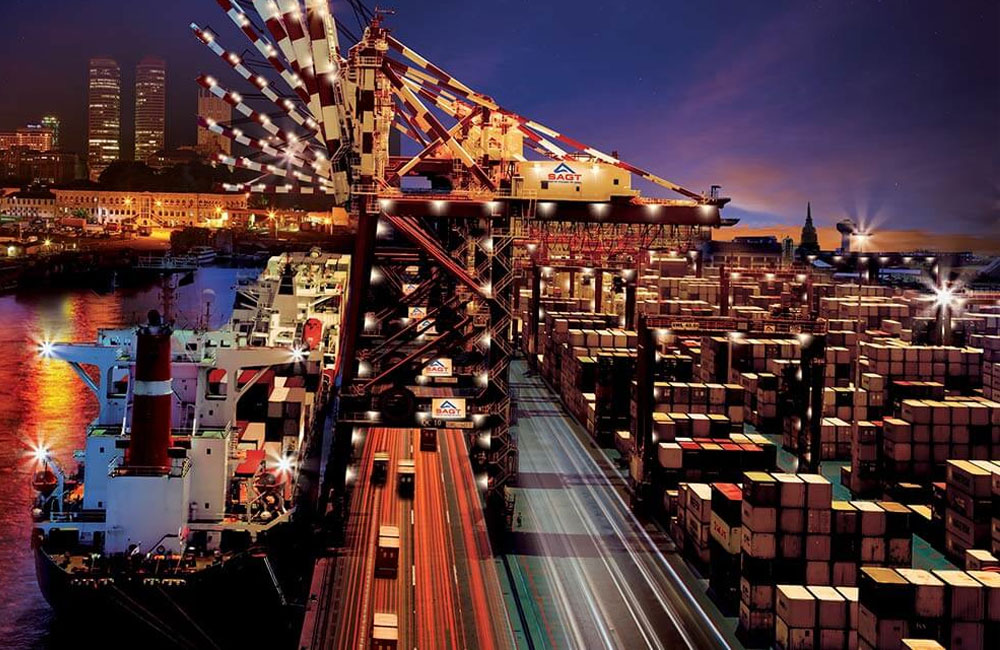Sri Lanka’s exporters are once again battling rising costs, missed deadlines, and vanishing client trust as chronic congestion and red tape at the Port of Colombo disrupt trade flows through the nation’s most critical maritime hub. Once hailed as South Asia’s transshipment leader, the port now risks ceding ground to faster, better-managed regional rivals.
For exporters in garments, rubber, and electronics, the delays have been devastating. Vessels are reportedly arriving up to two weeks behind schedule, forcing companies to bear heavy penalty clauses, demurrage fees, and freight surcharges. Some shipping lines have already begun rerouting vessels to Indian ports such as Vizhinjam, Mundra, and Cochin, where quicker turnaround times and streamlined customs procedures offer more reliability.
The heart of Colombo’s crisis lies in terminal congestion and inefficient inter-terminal transfers. Exporters complain that containers must still be moved manually between terminals by prime movers an outdated process ill-suited for a port handling nearly 8 million TEUs annually, including 6.2 million in transshipments. While official figures show a modest 4% increase in throughput during the first half of 2025, insiders warn that those numbers conceal severe operational bottlenecks and mounting costs.
Adding to the strain, bureaucratic hurdles continue to plague the system. Importers of perishables and agricultural products often face clearance delays because authorities refuse to recognize international laboratory certifications, insisting on local retesting by overburdened agencies such as the Sri Lanka Standards Institute. The result: rotting food cargo, soaring demurrage, and frustrated traders.
Industry experts argue that accepting globally accepted certifications and adopting digital pre-clearance systems could drastically cut delays. Productivity gaps between state-run terminals and privately operated facilities such as SAGT and CICT also remain stark. Although the newly built West Container Terminal has the capacity to ease congestion, it remains underutilized due to poor operational integration.
Exporters and analysts warn that expanding capacity alone will not resolve the crisis. Without systemic reforms including harmonized berth allocation, digital customs, transparent scheduling, and infrastructure coordination the port risks transforming from a strategic asset into a costly chokepoint.
“Colombo stands at a crossroads,” said one industry leader. “Either we modernize now, or we watch our trade slip away to faster ports across the region.”

Leave your comments
Login to post a comment
Post comment as a guest